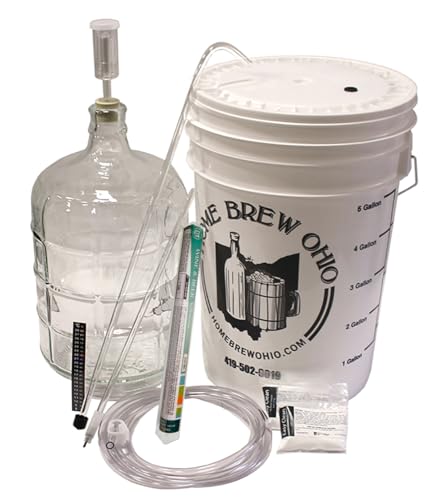Deezil
Senior Member
- Joined
- Jul 21, 2010
- Messages
- 3,065
- Reaction score
- 422
BER is thought to be caused by lack of calcium, while this is true, more times than not, BER in maters is caused by uneven watering.
Raelene, can you get mycorrhiza in Canada? This is a game changer, it will help to create a colony of roots that will be enormous that will bring in more water and nutrients to your plants.
I would add some epsom salts to the mixture for the tomatoes for a little magnesium boost, and if you can get soluble kelp or seaweed, the plants love this, it is organic, packed with micro nutrients and natural growth hormones.
The size of the onion bulb is dependent upon the number and size of the green leaves or tops at the time of bulbing. For each leaf, there will be a ring of onion. The larger the leaf, the larger the ring will be when the carbohydrates from the leaves are transferred to the rings of the bulb.
Onions need nitrogen, Every 2 to 3 weeks after planting, fertilize with ammonium sulfate (21-0-0) in alkaline soils, or calcium nitrate (15.5-0-0) in acidic soils. Sprinkle it on top of the original fertilizer strip at the rate of ½ cup per 10 feet of row. Water the onions after every application. Stop fertilizing when the onions start to bulb.
make sure that you choose a type of onion that will do well in your area.
Raelene, I wish that you were in the states, I would ship you a package of goodies that would make your plants smile..lol...unfortunately, the shipping rates to Canada are unreal!
Tom, you're making this all way too easy for them!
Mycorrhizae are bacteria that live in the soil, pretty essential in organic farming. A game changer, indeed.
If you dont want to use epsom salts on an almost-regular basis, you'll need to mix in some sort of agricultural lime or gypsum, and some kind of oyster/crab shell
Kelp is.. Kelp is a flippin miracle plant
If you're harvesting your kelp yourself, you want brown kelp.. And you definitely want to rinse it.. then it can be composted, then mixed into hte soil... Or you can also dry it, break it into 'meal' and use it for other things like aerated compost/botanical teas to water with..
Looks like you guys are scoring, gettin Tom to open up so much
























































